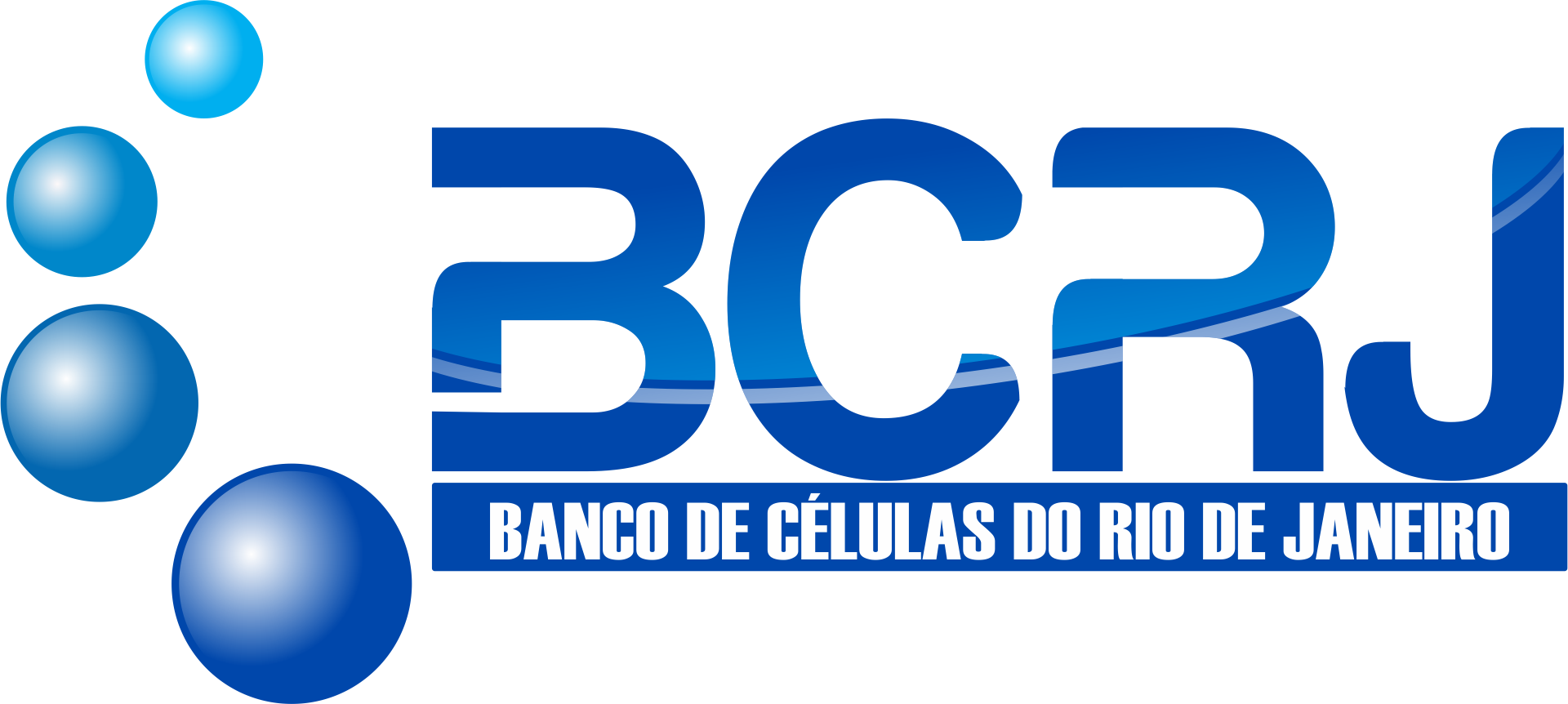| BCRJ Code | 0070 |
| Cell Line | COS-1 |
| Species | Cercopithecus aethiops |
| Vulgar Name | Monkey; African Green Monkey |
| Tissue | Kidney |
| Morphology | Fibroblast |
| Growth Properties | Adherent |
| Sex | Male |
| Age/Ethinicity | ADULT / |
| Applications | This is an African green monkey kidney fibroblast-like cell line suitable for transfection by vectors requiring expression of SV40 T antigen. This line contains T antigen, retains complete permissiveness for lytic growth of SV40, supports the replication of ts A209 virus at 40C, and supports the replication of pure populations of SV40 mutants with deletions in the early region. |
| Virus Succeptility: | SV40 virus |
| Products | T-antigen |
| Biosafety | 2 |
| Addtional Info | The cells contain a single integrated copy of the complete early region of the SV40 genome. |
| Culture Medium | Dulbecco's Modified Eagle's Medium (DMEM) modified to contain 4 mM L-glutamine, 4500 mg/L glucose, 1 mM sodium pyruvate and fetal bovine serum to a final concentration of 10%. |
| Subculturing | Volumes used in this protocol are for 75 cm2 flask; proportionally reduce or increase amount of dissociation medium for culture vessels of other sizes. T-75 flasks are recommended for subculturing this product. Remove and discard culture medium. Briefly rinse the cell layer with PBS without calcium and magnesium to remove all traces of serum that contains trypsin inhibitor. Add 2.0 to 3.0 mL of Trypsin-EDTA solution to flask and observe cells under an inverted microscope until cell layer is dispersed (usually within 5 to 15 minutes). Note: To avoid clumping do not agitate the cells by hitting or shaking the flask while waiting for the cells to detach. Cells that are difficult to detach may be placed at 37°C to facilitate dispersal. Add 6.0 to 8.0 mL of complete growth medium and aspirate cells by gently pipetting. Add appropriate aliquots of the cell suspension to new culture vessels. Incubate cultures at 37°C. NOTE: For more information on enzymatic dissociation and subculturing of cell lines consult Chapter 12 in Culture of Animal Cells, a manual of Basic Technique by R. Ian Freshney, 6th edition, published by Alan R. Liss, N.Y., 2010. |
| Subculturing Medium Renewal | 2 to 3 times per week |
| Subculturing Subcultivation Ratio | 1:4 to 1:8 |
| Culture Conditions | Atmosphere: air, 95%; carbon dioxide (CO2), 5% Temperature: 37°C |
| Cryopreservation | 95% FBS + 5% DMSO (Dimethyl sulfoxide) |
| Thawing Frozen Cells | SAFETY PRECAUTION:
It is strongly recommended to always wear protective gloves, clothing, and a full-face mask when handling frozen vials. Some vials may leak when submerged in liquid nitrogen, allowing nitrogen to slowly enter the vial. Upon thawing, the conversion of liquid nitrogen back to its gas phase may cause the vial to explode or eject its cap with significant force, creating flying debris.
NOTE: It is important to avoid excessive alkalinity of the medium during cell recovery. To minimize this risk, it is recommended to place the culture vessel containing the growth medium in the incubator for at least 15 minutes before adding the vial contents. This allows the medium to stabilize at its normal pH (7.0 to 7.6). |
| References | Gluzman Y. SV40-transformed simian cells support the replication of early SV40 mutants. Cell 23: 175-182, 1981. PubMed: 6260373 Mansky LM. The mutation rate of human immunodeficiency virus type 1 is influenced by the vpr gene. Virology 222: 391-400, 1996. PubMed: 8806523 Churchill MJ, et al. The rev-responsive element negatively regulates human immunodeficiency virus type 1 env mRNA expression in primate cells. J. Virol. 70: 5786-5790, 1996. PubMed: 8709194 Goodrum FD, et al. Adenovirus early region 4 34-kilodalton protein directs the nuclear localization of the early region 1B 55-kilodalton protein in primate cells. J. Virol. 70: 6323-6335, 1996. PubMed: 8709260 Suss-Toby E, et al. Toxoplasma invasion: the parasitophorous vacuole is formed from host cell plasma membrane and pinches off via a fission pore. Proc. Natl. Acad. Sci. USA 93: 8413-8418, 1996. PubMed: 8710885 Chang K, Pastan I. Molecular cloning of mesothelin, a differentiation antigen present on mesothelium, mesotheliomas, and ovarian cancers. Proc. Natl. Acad. Sci. USA 93: 136-140, 1996. PubMed: 8552591 Lu FM, Lux SE. Constitutively active human notch 1 binds to the transcription factor CBF1 and stimulates transcription through a promoter containing a CBF1-responsive element. Proc. Natl. Acad. Sci. USA 93: 5663-5667, 1996. PubMed: 8643633 Bhattacharyya DK, et al. Involvement of arginine 120, glutamate 524, and tyrosine 355 in the binding of arachidonate and 2-phenylpropionic acid inhibitors to the cyclooxygenase active site of ovine prostaglandin endoperoxide H synthase-1. J. Biol. Chem. 271: 2179-2184, 1996. PubMed: 8567676 Feng XH, Derynck R. Ligand-independent activation of transforming growth factor (TGF) beta-signaling pathways by heteromeric cytoplasmic domains of TGF-beta receptors. J. Biol. Chem. 271: 13123-13129, 1996. PubMed: 8662796 Wang LH, et al. Identification of thromboxane A2 synthase active site residues by molecular modeling-guided site-directed mutagenesis. J. Biol. Chem. 271: 19970-19975, 1996. PubMed: 8702713 Almaula N, et al. Mapping the binding site pocket of the serotonin 5-hydroxytryptamine 2A receptor. J. Biol. Chem. 271: 14672-14675, 1996. PubMed: 8663249 |
| Depositors | Didier Petit, Laboratoire De Virologie Moleculaire, Inserm U233, Lille, France, Through Dr. Jose Paulo Leite, Instituto Oswaldo Cruz, Rio De Janeiro. |
| Cellosaurus | CVCL_0223 |



